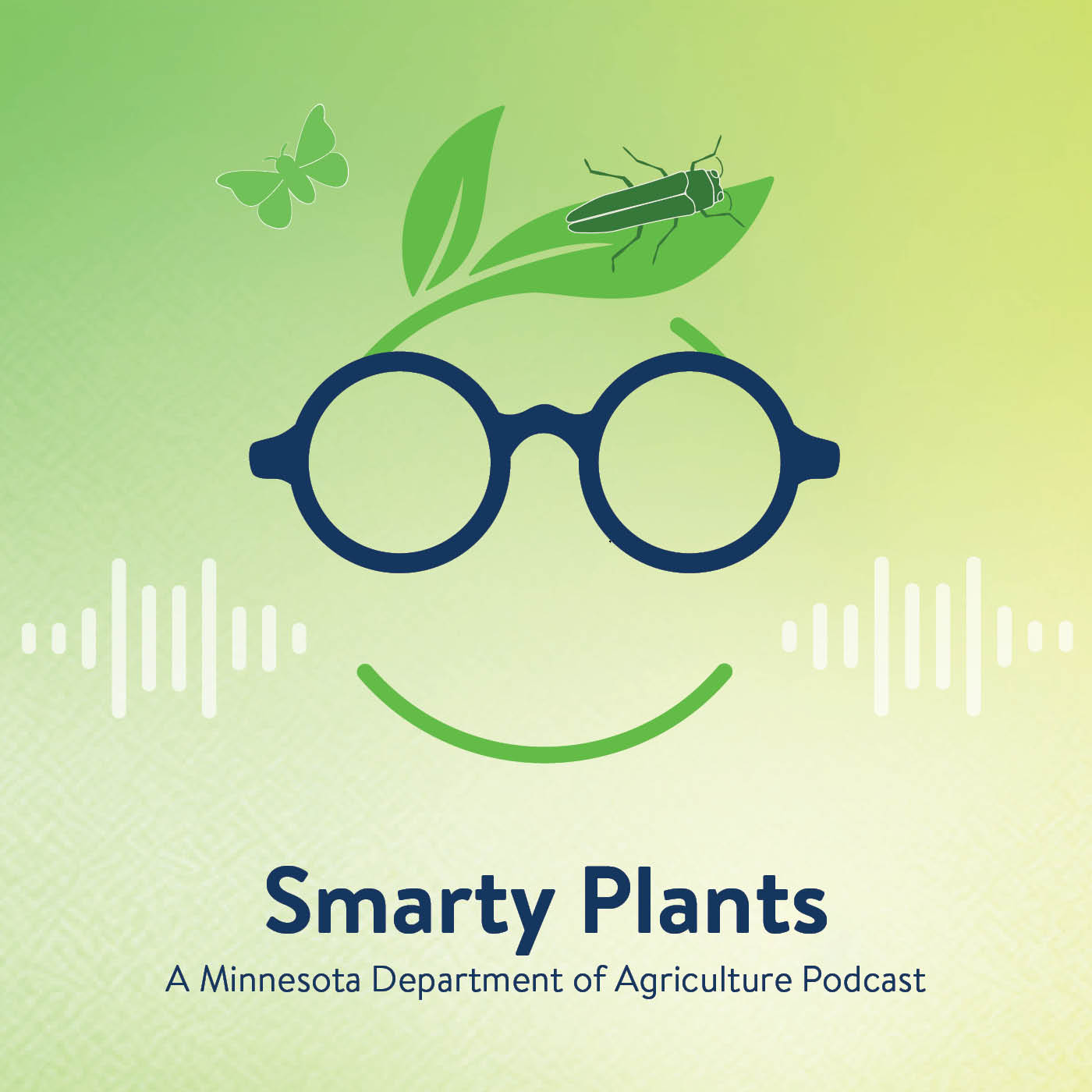The details below are for the 2024-2025 AFREC RFP. The proposal closed December 6, 2024.
Areas are quarantined for spongy moth once the moths have invaded and become permanently established. Spongy moth quarantines are intended to slow the human-assisted or artificial spread of spongy moth from infested to non-infested areas. The quarantine makes it illegal to transport potentially infested items (such as logs, firewood, nursery stock, campers, and picnic tables) from the quarantined area to a non-quarantined area without first taking appropriate actions.
For the general public, self-inspection of items that could be harboring spongy moth and removal of all spongy moth life stages is required prior to moving items to a non-quarantined area.
- Inspect outdoor items: Check items like vehicles, trailers, camping gear, furniture, and tools for spongy moth life stages (egg masses, caterpillars, pupae).
- Remove and destroy: Safely remove and destroy any spongy moth eggs or other life stages before traveling.
- Follow quarantine rules: Avoid transporting items that might carry spongy moths into non-quarantined areas.
- Do NOT move firewood: Spongy moth and other insects and diseases are easily transported to new locations on firewood. Never assume wood that "looks safe" is okay to move. The quarantine makes it illegal to transport potentially infested items such as firewood.
Eggs are laid in a fuzzy, buff-colored, spongy mass about the size of a quarter. Each egg mass contains an average of 500 – 1,000 eggs. Eggs are laid starting in late summer or fall and hatch the following spring. Egg masses may be laid on tree trunks, logs, under tree wraps, wheel wells, or on almost any available surface. It is the egg mass stage that is most commonly transported to new areas by humans, causing the spread of spongy moth.
- Locate and inspect: Before leaving a quarantined area, always self-inspect all outdoor items, equipment, vehicles, etc. for spongy moth life stages.
- Scrape off: Remove egg masses or other life stages by scraping them off with a putty knife, stiff brush, or similar hand tool.
- Destroy Properly: Dispose of the egg masses or other life stages in a container of hot, soapy water or place them in a plastic bag, seal it, and set it in the sun.
- Locate and inspect: Before leaving a quarantined area, always self-inspect all outdoor items, equipment, vehicles, etc. for spongy moth life stages.
- Scrape off: Remove egg masses or other life stages by scraping them off with a putty knife, stiff brush, or similar hand tool.
- Destroy Properly: Dispose of the egg masses or other life stages in a container of hot, soapy water or place them in a plastic bag, seal it, and set it in the sun.
- Locate and inspect: Before leaving a quarantined area, always self-inspect all outdoor items, equipment, vehicles, etc. for spongy moth life stages.
- Scrape off: Remove egg masses or other life stages by scraping them off with a putty knife, stiff brush, or similar hand tool.
- Destroy Properly: Dispose of the egg masses or other life stages in a container of hot, soapy water or place them in a plastic bag, seal it, and set it in the sun.
Smarty Plants Podcast
 Discover Smarty Plants, the Minnesota Department of Agriculture's podcast that digs into the fascinating world of invasive species. Join expert guests as they share insights and solutions to protect our environment and agricultural resources. Visit Smarty Plants and start listening today.
Discover Smarty Plants, the Minnesota Department of Agriculture's podcast that digs into the fascinating world of invasive species. Join expert guests as they share insights and solutions to protect our environment and agricultural resources. Visit Smarty Plants and start listening today.
Drug Residue Prevention
H5N1 Raw Milk Testing
The Minnesota Drug Residue Prevention Program began developing resources in 2017 to help educate producers on how to preve
Return to Drug Residue Prevention Re

